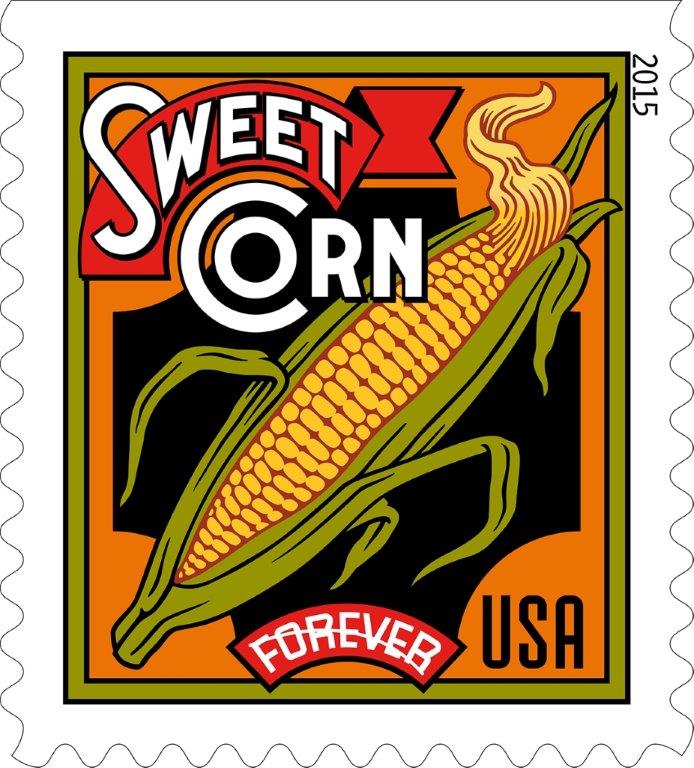New EPA documents have finally put hard numbers to the use of neonicotinoid insecticides, which have quietly grown to dominate corn and soybean acreage in the U.S. over the past five to six years. Now pollinator and aquatic risk assessments on three neonicotinoids released on Jan. 12 revealed what many have long suspected: the chemicals are everywhere. EPA estimated that 42 million to 61 million acres of corn are treated with clothianidin annually (45% to 65% of all U.S. corn acres), and 24 million to 42 million acres of corn are treated with thiamethoxam (26% to 45% of all U.S. corn acres). That means, in any given year, nearly 100% of U.S. corn acres are likely treated with one of two insecticides. In soybeans, 13 million to 21 million soybean acres are treated with thiamethoxam (16% to 25% of all U.S. soybean acres), and 2.1 million acres are treated with clothianidin each year (3% of all U.S. soybean acres). The number of imidacloprid-treated soybean acres is likely substantial, although EPA did not report that number. However, the agency did estimate that 880,000 pounds of imidacloprid were applied to soybeans in 2014. For comparison, that is nearly three times the amount of thiamethoxam applied to soybeans each year, which accounted for 13 million to 21 million acres.
You can access the EPA risk assessments, which contain the usage and acreage data for neonicotinoids, here: http://bit.ly/….
Source: DTN The Progressive Farmer, January 17, 2017
https://www.dtnpf.com/agriculture/web/ag/news/farm-life/article/2017/01…

- Login om te reageren
